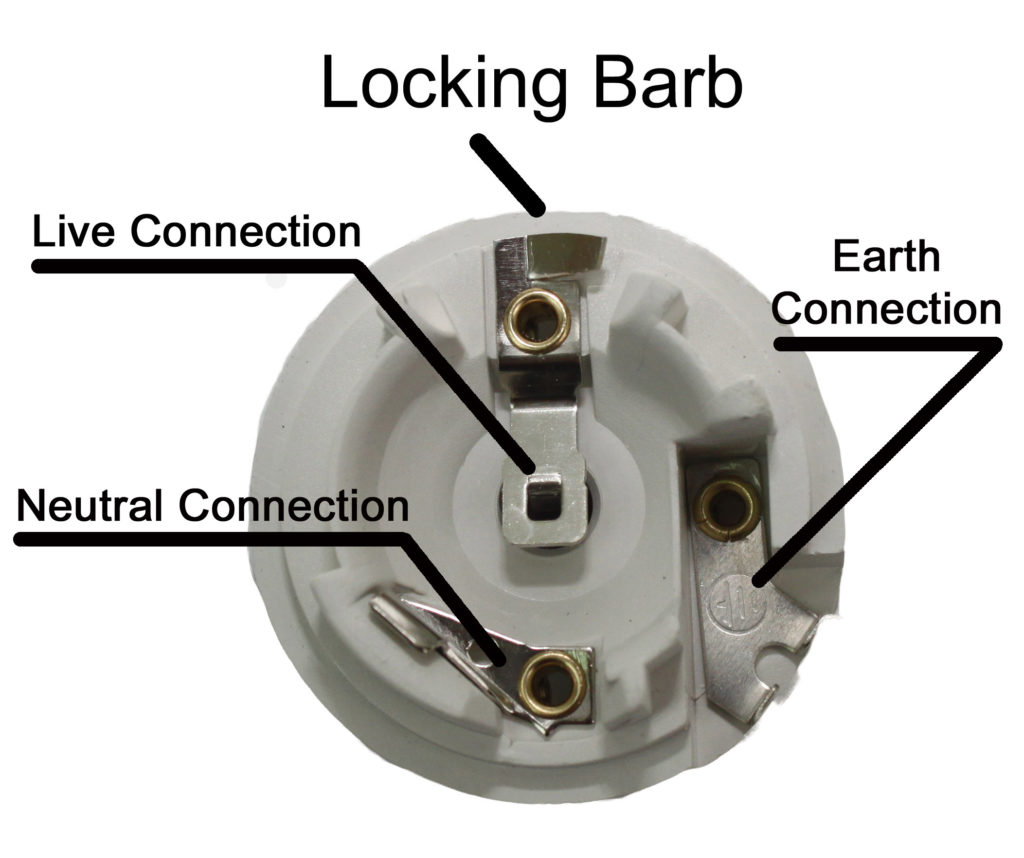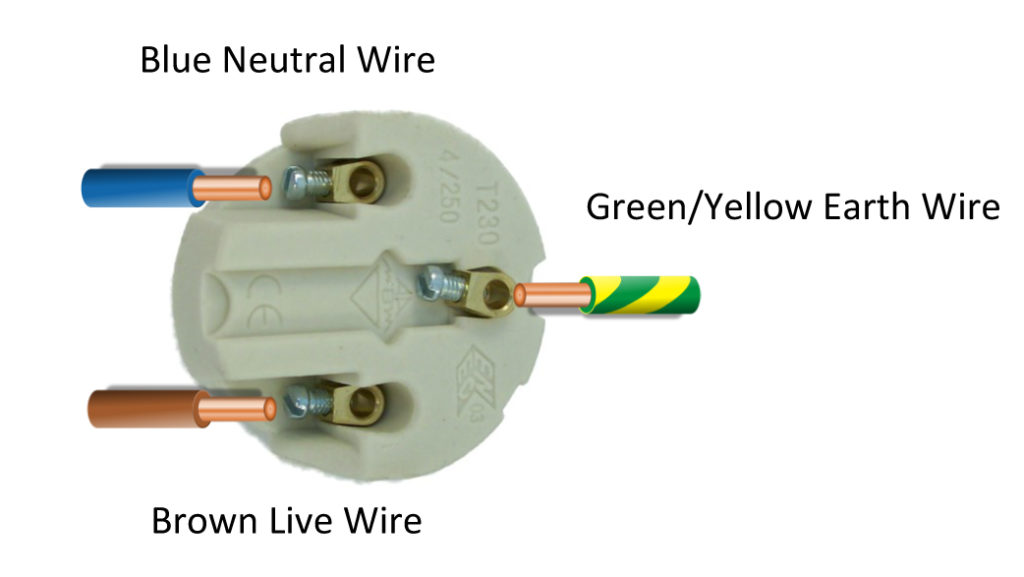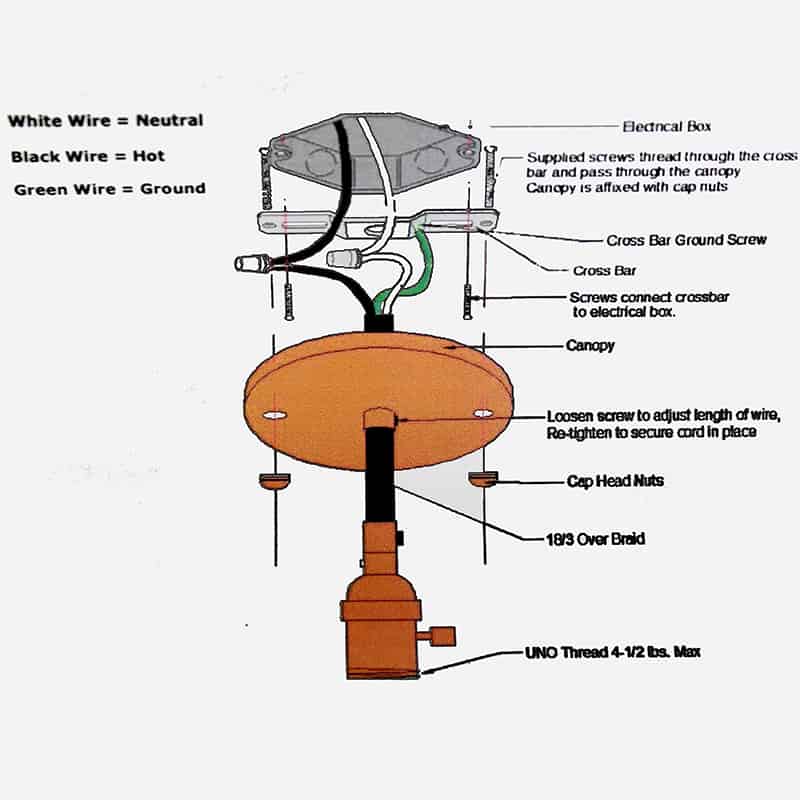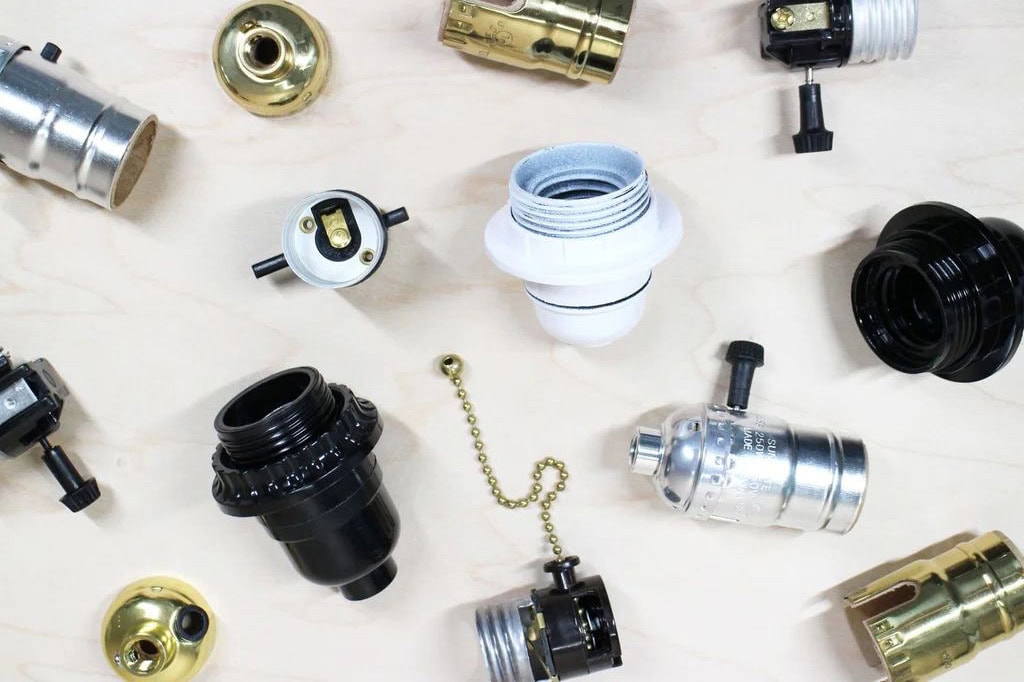Dealing with two black wires in an old receptacle can be confusing if you don’t know how to connect them. If you connect them wrong, you can have a safety hazard or problems with your circuit. You need to know how to handle these wires.
When you have two black wires, the first thing you do is turn off the power and use a voltage tester to figure out which one is hot. Making the right connections will make it safe and functional.
Let’s talk about what to do when you find two black wires in an old receptacle.

Ensure the Power is Off
Before working on the light socket, it’s essential to ensure the power is completely turned off. This prevents the risk of electrical shock, which can be dangerous. Go to the circuit breaker and shut off the power to the room or the entire house, depending on how the circuits are set up. Always double-check that the power is off before proceeding by flipping the light switch and ensuring the light does not turn on.
Use a Voltage Tester to Identify the Hot Wire
In most modern wiring systems, you would expect a black wire for the hot connection and a white wire for the neutral connection. However, older homes may not follow these color-coding conventions, which is why you’re seeing two black wires. To identify which of these wires is the hot one, use a voltage tester or a non-contact voltage detector.
After ensuring the power is off, remove the light fixture and gently pull the wires out of the box. Turn the power back on temporarily and carefully use the voltage tester to check which black wire is carrying the current (hot wire). Once you’ve identified the hot wire, turn the power off again at the breaker before continuing.
Examine the Socket Wiring Method
It’s possible that in some older electrical systems, both black wires may be carrying current, particularly if the switch controls the entire circuit. If you’re unsure about the wiring configuration after using the voltage tester, you may want to call in a professional to ensure that the wiring is safe and complies with local codes. Misidentifying the wiring can lead to electrical shorts or even fire hazards.

Check if There’s a Ground Wire
Older homes might not have a ground wire, which can be an issue for safety. Newer electrical standards require the use of a ground wire, usually colored green or left as bare copper, to enhance safety by preventing electrical shock. If your fixture includes a ground wire, but your electrical box does not, it may be a good idea to upgrade the system or add proper grounding to ensure the fixture is correctly installed.
If there’s a ground wire present, make sure it’s properly connected to either the metal box or a grounding screw inside the light socket, depending on the fixture design.
How to Connect the Black Wires to the Light Socket
Once you’ve identified which black wire is the hot wire, connect it to the brass terminal in the light socket. The other black wire, acting as the neutral wire, should be connected to the silver terminal. This ensures the correct flow of electricity through the light bulb. Use a screwdriver to firmly secure the wires to the terminals. Loose connections can cause electrical arcing, which may lead to short circuits or other dangerous situations.
It’s important to double-check that the wires are tightly secured and there is no exposed copper that could potentially come into contact with other wires or the metal box.
Check the Condition of the Junction Box
Before completing the installation, examine the condition of the junction box where the wires are housed. Over time, older boxes can degrade or become damaged. If the box is loose or shows signs of wear, it may be worth replacing it with a modern, safer version. A sturdy, properly installed junction box is essential for supporting the light fixture and maintaining secure electrical connections.
If you find any issues with the box, replace it with a new metal or plastic junction box that meets modern safety standards.

Test and Restore Power
After connecting the wires, wrap any exposed wire ends with electrical tape for added protection. Once you’ve double-checked all connections, restore power to the circuit by turning the breaker back on. Test the light switch to ensure the light works properly. If the light doesn’t turn on or there’s a flickering issue, immediately turn the power off again and double-check your connections. Ensure that no wires have come loose or are touching improperly.
If everything works correctly, then the job is done!
When to Seek Professional Help
If you are unable to identify the hot wire with a voltage tester, or if the wiring looks damaged, it’s important to seek professional help. Older wiring can sometimes be complex, and an electrician will have the tools and knowledge to safely and correctly connect the wires. Additionally, if your junction box or electrical system shows signs of aging or does not meet current safety standards, a professional can help upgrade the system to modern code.
Safety should always be a top priority, and electricians can help you avoid potential hazards caused by improper wiring or outdated electrical components.

Final Words:
Dealing with two black wires in an old receptacle takes some attention to detail. You need to figure out which one is hot and which one is neutral to install it safely. Always make sure you turn off the power, test the wires, and make sure all the connections are good so you don’t create any electrical hazards.













